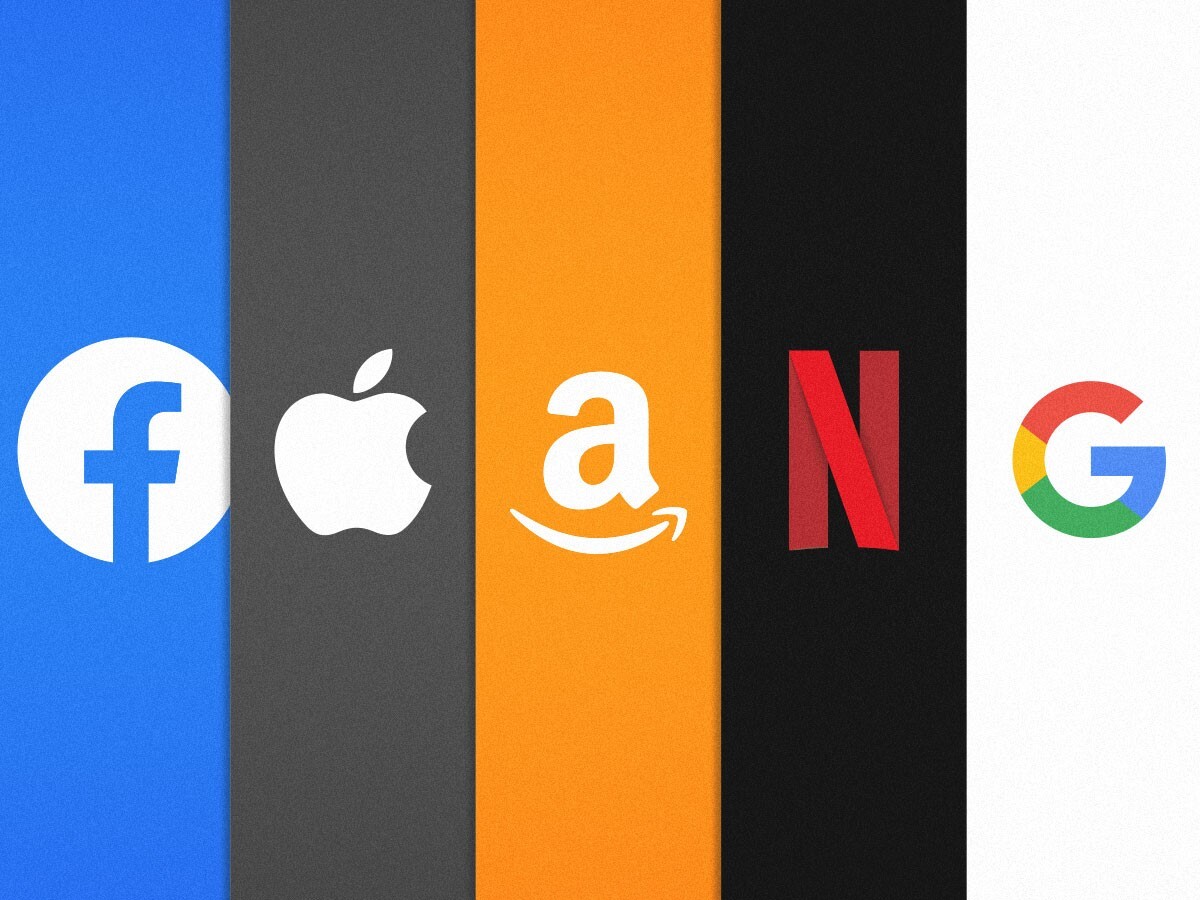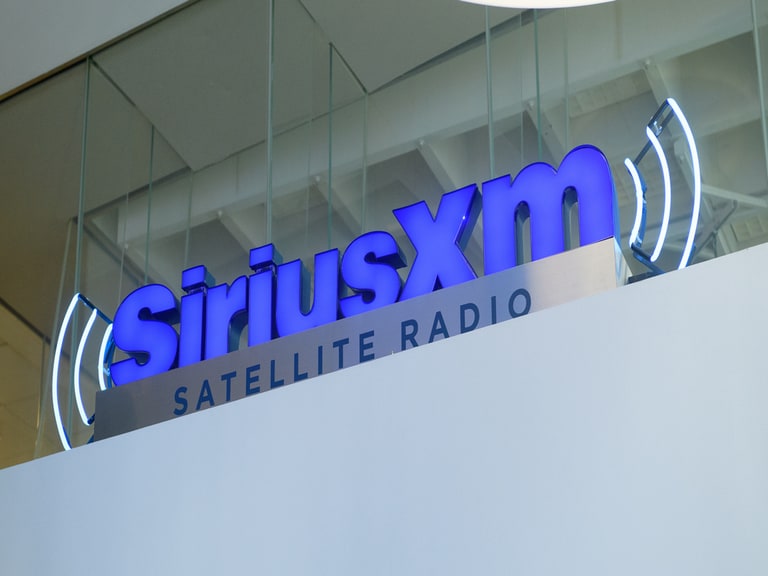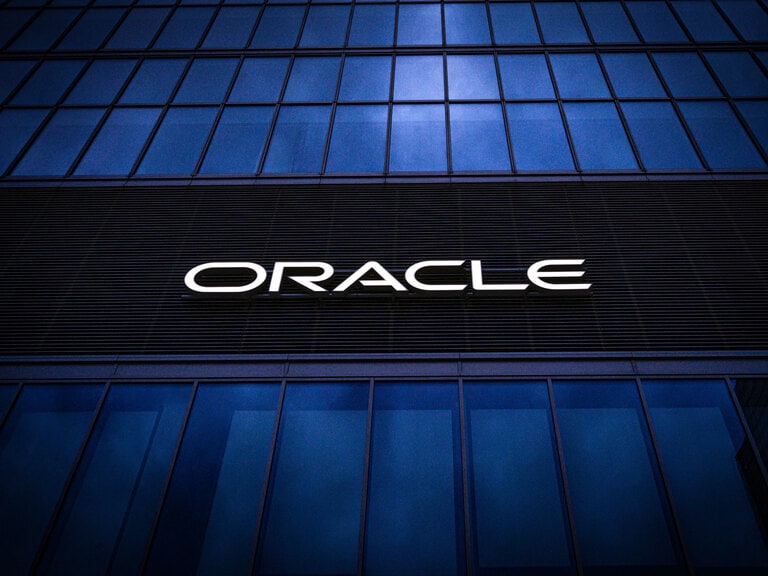FAANG stocks continue to sink their teeth into the S&P 500. Today the group’s influence on the S&P is greater than any group of stocks since 1980, a fact that poses its own risk. Though the group can sustain markets, such as through the initial phases of the coronavirus pandemic, they can also weigh down entire indices.
What kind of risk does the FAANGs sustained dominance pose? And how are their share prices likely to trend over the short- to medium-term?
FAANG stocks take a beating
FAANG stocks Facebook [FB], Amazon [AMZN], Apple [AAPL], Alphabet [GOOG] and Netflix’s [NFLX] share prices all plummeted on 4 October, having faced sustained pressure since the start of September. Some of the pressures are external, such as hints that the Fed might start to unwind its easy money policies and global supply chain issues. Some are internal, such as Facebook’s outage and former-employee Frances Haugen’s damaging testimony at Capitol Hill.
Netflix’s share price has shown the greatest resilience. Having clawed back the losses, the streaming giant’s stock is now up almost 2% since 4 October (through 12 October). Alphabet’s share price has also managed to make up lost ground, up 2.2% in the same time frame.
The three As - Alphabet, Apple, Amazon - are trading at around the same levels as they were just before the dip, give or take a percent. Facebook’s share price is down 5.6% over the same stretch - likely due to a double-whammy of negative headlines experienced at the start of the month.
FAANG stock dominance could be a problem
Taken as a group, FAANG stocks represent 22% of the S&P 500. On its own Apple represents 6.2% of the index, according to S&P Dow Jones Indices via Investopedia. Tech-heavy Nasdaq is even more exposed, with the FAANGs making up over two-fifths of the index’s value.
While tech stocks powered indices during the pandemic - especially with the move to working from home - as the wider economy returns to normal, these stocks could start to see a slowdown.
Even a cursory glance at the charts shows that when the FAANG stocks are having a good day, then the S&P 500 rises, if they are having an off day, then the index declines. Give a thought for anyone investing in an S&P 500 tracker fund who wasn’t aware of the outsized weighting given to the FAANGs.
“The dominance of these technology companies is a double-edged sword,” said Adam Phillips, managing director of portfolio strategy at EP Wealth Advisors. “Throughout the pandemic, these stocks did most of the heavy lifting, but this group could become a drag on the market as leadership changes.”
“The dominance of these technology companies is a double-edged sword” - Adam Phillips, EP Wealth Advisors
Where next?
If FAANG stocks are experiencing a pullback, then investors might want to look beyond tech stocks, and to defensive plays like consumer staples or financials. This could hold especially true in the next few batches of company earnings.
Recently FAANG stocks have been delivering strong growth numbers, however, these often look to the year-ago period when the pandemic was at its worst, hitting company top and bottom lines. The next few quarters could see these growth numbers start to fade.
As it stands, some FAANG stocks are trading above their average analyst price targets. Investors will need to decide if there’s any more upside left in stocks trading below their targets, or if they are overvalued. For the ones trading below their targets, the question is whether they will bounce back.
| Average price target ($) | Close at 12 October 2021 ($) | Implied upside |
417.22 | 323.77 | 28.9% | |
Apple | 167.92 | 141.51 | 18.7% |
Amazon | 4,150.08 | 3,247.33 | 27.8% |
Netflix | 619.15 | 624.94 | -0.8% |
Alphabet | 3,106.11 | 2,734.26 | 13.6% |
Source: Yahoo Finance as of 12 October
Disclaimer Past performance is not a reliable indicator of future results.
CMC Markets is an execution-only service provider. The material (whether or not it states any opinions) is for general information purposes only, and does not take into account your personal circumstances or objectives. Nothing in this material is (or should be considered to be) financial, investment or other advice on which reliance should be placed. No opinion given in the material constitutes a recommendation by CMC Markets or the author that any particular investment, security, transaction or investment strategy is suitable for any specific person.
The material has not been prepared in accordance with legal requirements designed to promote the independence of investment research. Although we are not specifically prevented from dealing before providing this material, we do not seek to take advantage of the material prior to its dissemination.
CMC Markets does not endorse or offer opinion on the trading strategies used by the author. Their trading strategies do not guarantee any return and CMC Markets shall not be held responsible for any loss that you may incur, either directly or indirectly, arising from any investment based on any information contained herein.
*Tax treatment depends on individual circumstances and can change or may differ in a jurisdiction other than the UK.
Continue reading for FREE
- Includes free newsletter updates, unsubscribe anytime. Privacy policy





